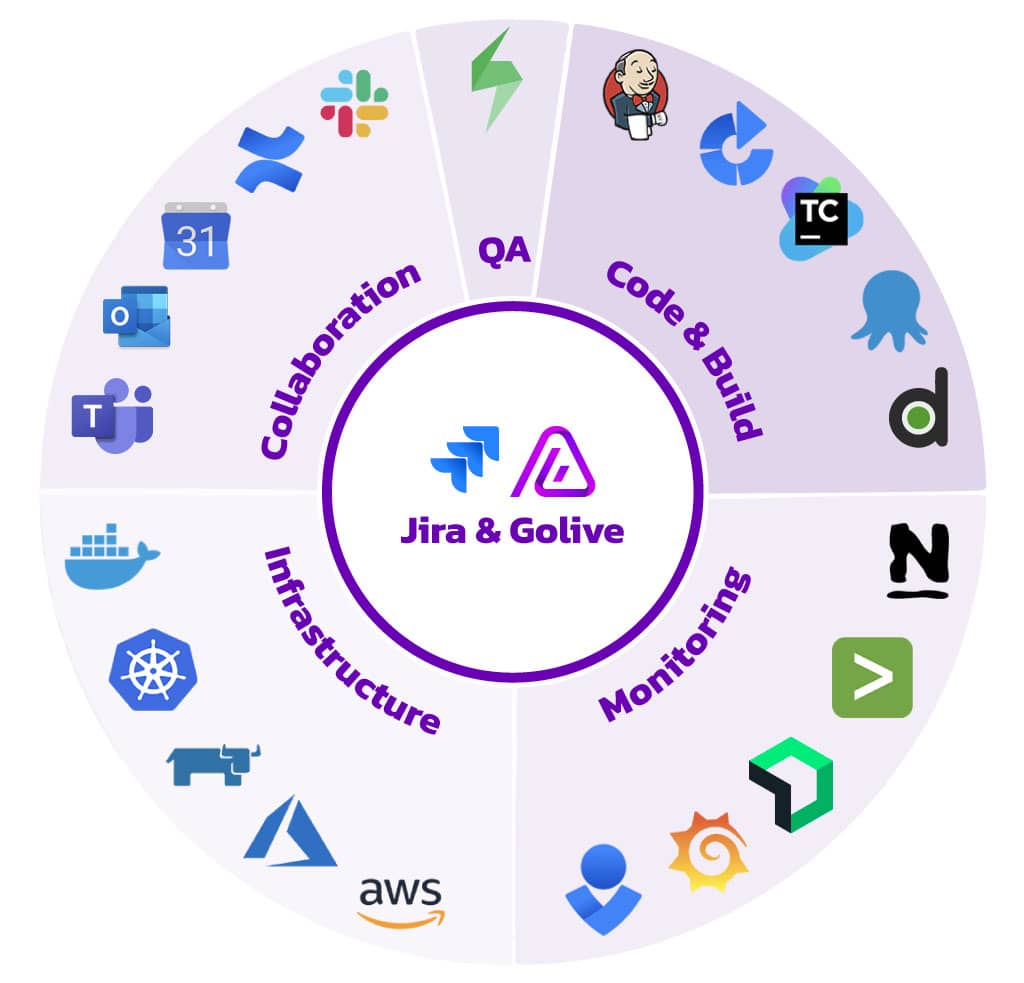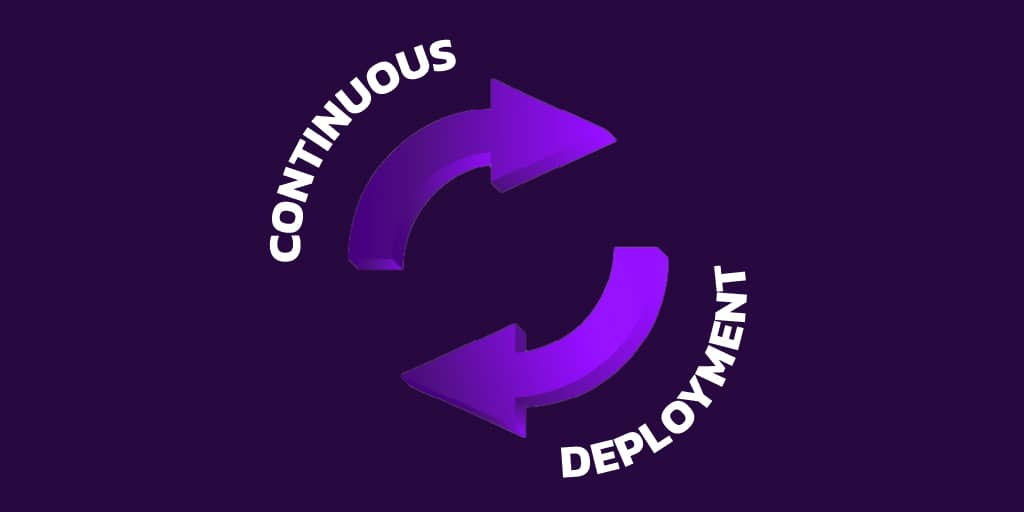Continuous Deployment is a software development practice in which code changes are automatically built, tested, and deployed to production, without the need for human intervention.
This approach can bring numerous benefits, such as faster time to market, reduced risk of errors, and increased productivity. However, managing test environments effectively in a continuous deployment context can be challenging.
In this article, we'll explore the role of test environments in continuous deployment, and discuss some strategies for overcoming common challenges.
The role of test environments in Continuous Deployment
Test environments are critical in any software development project, as they allow developers to validate that their code changes are working as intended before they are deployed to production. In a continuous deployment context, test environments become even more important, as they provide a way to validate code changes before they are automatically deployed to production.
However, in order to be effective, test environments must be consistent and up-to-date with the production environment. This can be difficult to achieve in a continuous deployment context, where code changes are being made and deployed at a rapid pace.
Challenges of managing test environments in a continuous deployment context
Some of the most common challenges that organizations may face when managing test environments in a continuous deployment context include:
Learn how Release Dashboards will help you master your communication.
Learn how Release Dashboards will help you master your communication.
Strategies for effective test environment management in continuous deployment
To overcome these challenges, there are several strategies that organizations can adopt to manage test environments effectively. Some of these include:
The benefits Test Environment Management can bring by enabling Continuous Deployment
In summary, managing test environments effectively in a continuous deployment context is crucial for the success of any software development project. By adopting strategies such as automating environment provisioning and configuration, using version control for environment artifacts, and adopting a "shift left" testing approach, organizations can ensure that their test environments are consistent, up-to-date, and thoroughly tested.
The benefits of effective test environment management in continuous deployment are significant. Not only does it allow for faster deployment cycles and reduced risk of production errors, but it also helps organizations to deliver new features and functionality to their users more quickly and efficiently.
Tools like our Golive Jira App can help your teams centralize all relevant test environment information in Jira, a tool already used broadly in many organizations.

Transform your Test Environment Management with Apwide Golive:
Leading companies have already Golive as part of their DevOps toolchain:





Free trial / Free forever up to 10 Jira Cloud users!
